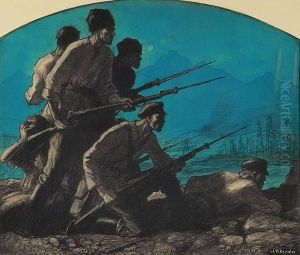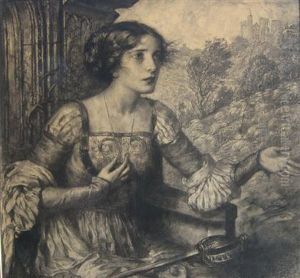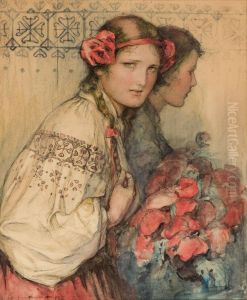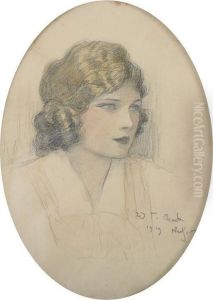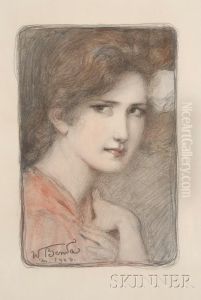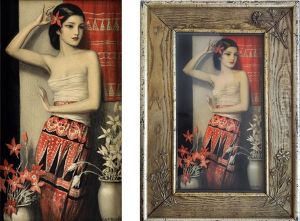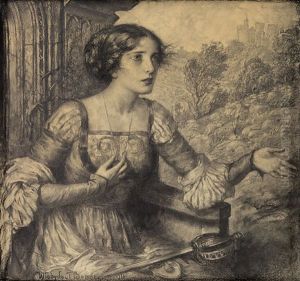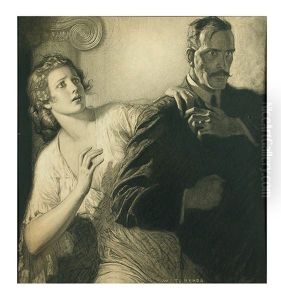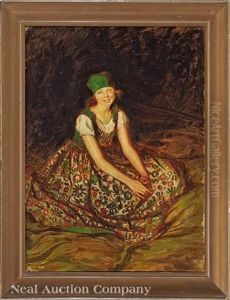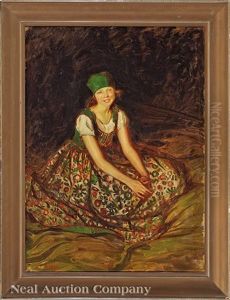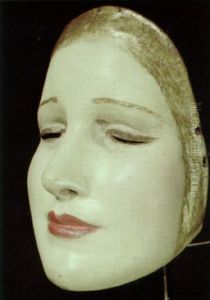Wladyslaw Theodor Benda Paintings
Władysław Theodor Benda, born on January 15, 1873, in Poznań, Poland (then under the rule of the German Empire), was a multifaceted artist, known for his illustrative work, painting, and theatrical mask creation. His artistic path began in his homeland, but he would eventually make a significant impact on the art scene in the United States. In 1899, Benda moved to America and settled in New York City, a burgeoning hub for artists and intellectuals at the turn of the century.
Benda studied at the Kraków Academy of Fine Arts in Poland and later at the Art Students League of New York. His artistic skills were diverse, and he quickly established himself as an illustrator and graphic artist. His works were featured in prominent periodicals of the time, such as 'The Saturday Evening Post' and 'Collier's Weekly'. Benda was known for his distinctive style, which often incorporated elements of Art Nouveau and later Art Deco, and his illustrations frequently depicted exotic and romantic figures that captured the imagination of his contemporaries.
Aside from his illustration work, Benda was also famous for his beautifully crafted, lifelike theatrical masks. These masks were used in stage productions and were highly regarded for their artistic quality and realism. His mask-making technique was so unique that it garnered him a considerable reputation, leading to exhibitions and even a patented process for creating paper-mâché masks.
Throughout his career, Benda continued to work prolifically, producing illustrations for books and magazines, designing posters, and creating masks for theatrical productions. His cultural influence extended beyond his visual art, as he also wrote articles and essays on various subjects, including the art of mask-making.
Benda's work reflected a blend of his Polish heritage and his experiences in the United States, and he is often remembered as an artist who bridged Eastern European and American cultures through his art. He passed away on November 30, 1948, in Mount Vernon, New York, leaving behind a legacy of artistic contributions that continue to be studied and appreciated by art historians and enthusiasts.
